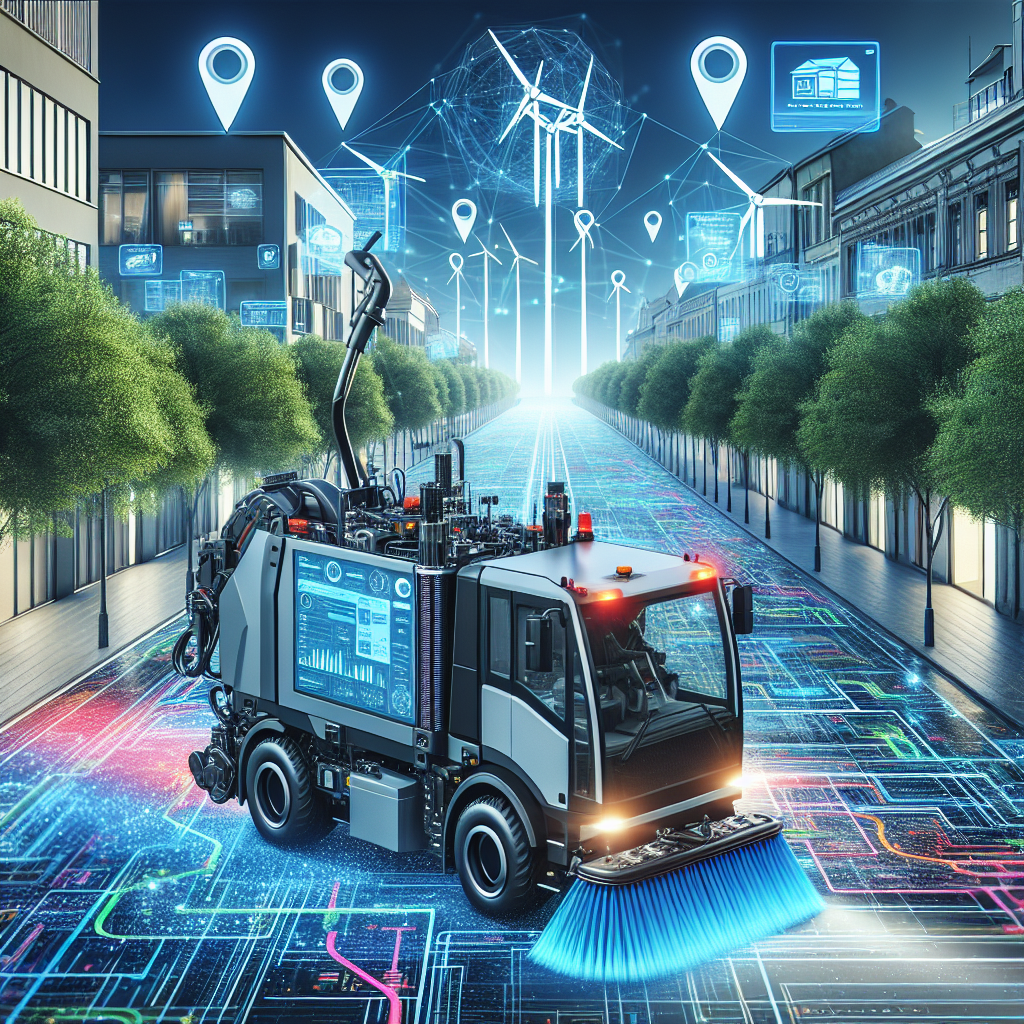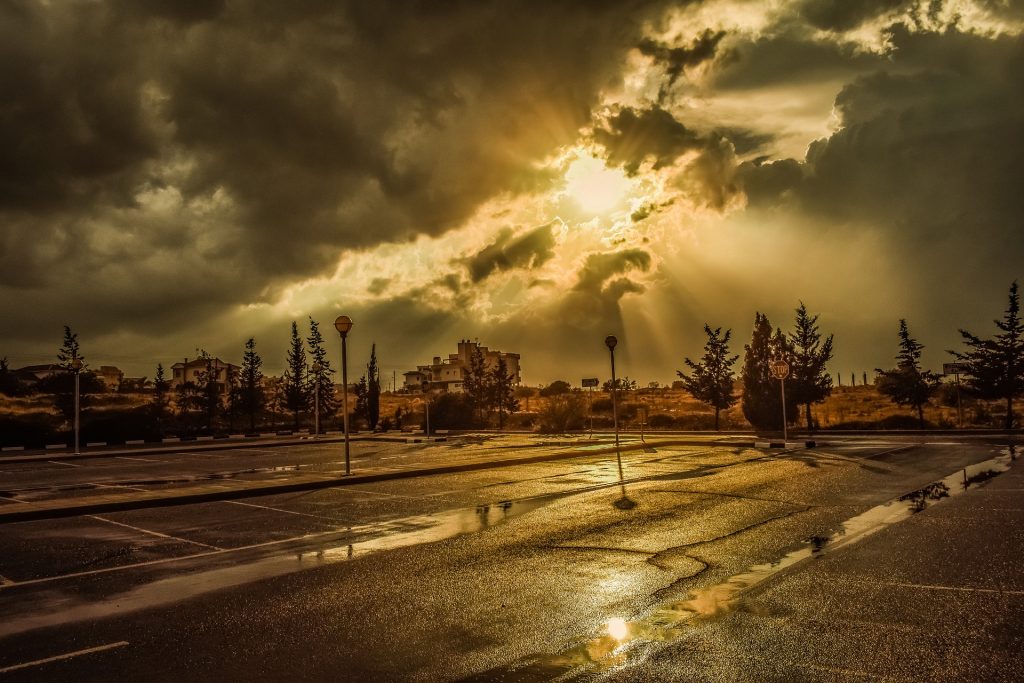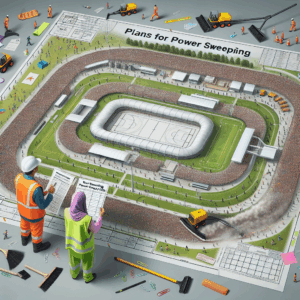In our modern world, technology is helping us in many ways, even with things we might not think about every day, like street cleaning. Power sweeping is the process of cleaning streets with large machines called sweepers. These machines help keep our neighborhoods and cities clean and safe by getting rid of dirt, leaves, and trash from the streets. Now, with the help of smart technology, power sweeping routes are being optimized to be more efficient and eco-friendly.
First, let's talk about what “optimizing power sweeping routes” means. In simple terms, it means finding the best possible way for sweepers to clean streets. The goal is to make sure that streets are cleaned quickly, efficiently, and with less waste. With smart technology, we can now use data to figure out the best routes for sweepers to follow.
One big part of this is GPS technology. GPS, or Global Positioning System, is something that many people have on smartphones to help them find directions. In power sweeping, GPS helps by showing the exact location of a sweeper and where it has already cleaned. This ensures that no area is missed and that there is no overlap, which saves time and fuel.
Another way smart technology is helping is through sensors and cameras on sweepers. These gadgets can detect how dirty the streets are. For example, if a street is dirtier than usual, sweepers can be sent to clean it more often. On the other hand, if a street is usually clean, sweepers can visit less frequently. By doing this, cities can save resources and focus efforts where they are most needed.
Data analysis is also a key player in optimizing power sweeping routes. Collecting data from different sources, like weather reports and traffic patterns, can help plan the best time for street cleaning. For instance, streets are less busy at night, so nighttime might be the best time to sweep busy city areas without disrupting traffic.
Smart technology is also great for the environment. By optimizing routes, sweepers can use less fuel and reduce emissions. Fewer trips and shorter distances mean that less gas is burned to clean the same amount of area, which is good for the planet.
Additionally, cities can now use mobile apps or online platforms to involve the community in keeping streets clean. Residents can report issues, like an area with too much trash or piles of leaves. This information can then help decide where sweepers need to go next.
Another fantastic thing about smart technology is its ability to save money. Cities spend a lot of money on street cleaning. By using efficient routes, they can save on fuel and maintenance costs. This means that cities can use the money saved for other important services or projects.
In conclusion, smart technology is changing the way we approach street cleaning by optimizing power sweeping routes. With GPS, sensors, data analysis, and community involvement, cities can clean streets more effectively while saving time, money, and the environment. These improvements not only create cleaner and safer communities but also reflect a step towards a more tech-savvy and sustainable future. As technology continues to advance, it’s exciting to think about how these innovations will further enhance our daily lives.









